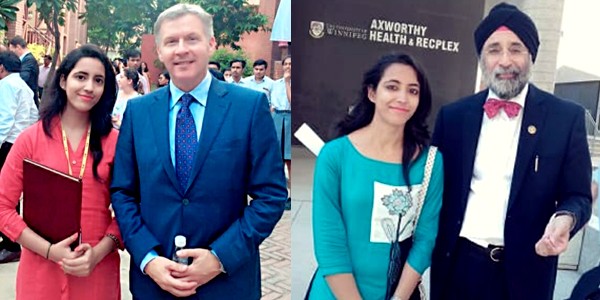Skills Required in the Digital Age
The digital world is progressively penetrating the learning and skills domain. Technology is being widely used to provide learning, knowledge, and skills in novel and innovative ways. With the increased usage of rapidly changing digital technologies and knowhow in the workplace, there is an advent of new skills that are required to contribute to our digitally allied society. Currently jobseekers need specialized skills that will give them visibility in the crowd.
It is a persistent endeavor of the best universities and B Schools to meet this rising demand for digital know-how and other significant skills required. On 2 May 2020, Prime Minister Narender Modi in a meeting emphasized the use of technology and digital age skills in the education sector to enhance the experience of learning. Working on his belief and idea, IILM offers the key skills vital in a digital age embedded in its portfolio to meet students’ and industry needs.
Knowledge includes two intensely interweaved yet diverse components – content and skills. Content comprises ideas, facts, evidence principles, and explanations of processes or techniques. Instructors at IILM are well proficient in content and ensure a profound knowledge of the subjects in the areas they are teaching. Proficiency in skills development is another significant domain. Trainers help students develop these skills keeping in consideration that these intellectual skills match the requirements of industry, knowledge-based personnel. Therefore, at IILM adequate emphasis is given to skills development within the course curriculum. The skills needed in a digital age comprise the following:
Communication Skills:
Along with the customary communication skills of reading, writing, and speaking articulately and clearly, spoken business communication skills are ever more important. Spoken business communication is at the core of specialized business management and thus, at IILM, it is contained within the curriculum. It is contributory to achieving positive results, as it allows numerous ways to send a message to others. It comprises understanding and training of employability skills relevant to the industry and students, the capability to put forth via the internet to a wide-ranging community of individuals with one’s ideas, to share information correctly, to receive and integrate feedback, and to recognize trends. Business communication is prevalent, and all processes are channelized through communication, via a consistent flow of information.
Social Media:
Using social media communication is an indispensable skill for a digital age. Social media marketing goes further than a Facebook or Instagram update or posting a tweet; it is about understanding the vigorous relationship amongst influencers, consumers, and brands. Educators, who are familiar with social media’s influence, also understand the complexities of each platform and its possible influence to make the most of community engagement to provide students with valued and relevant skills.
Data Analytics:
Analytics predominantly let students take educated, informed, and data-driven decisions in their life choices and roles. Numbers state whether a campaign was effective and by what proportion. The fundamental to analytics is finding out what data to collect and how to measure to have a more effective next campaign. Hence, at IILM, data analytics as a complete course is embedded in the curriculum to make student’s industry-ready.
Thinking Skills:
Of all the skills required to be effective in a digital economy; problem-solving, critical thinking, creativity, originality are some of the most significant. Businesses focus on the creation of new products, new processes, and new services to maintain low costs and upsurge competitiveness. Though universities in specific have always gratified themselves in teaching such knowledgeable skills and information transmission, yet it challenges this conjecture particularly at the undergraduate level. It is not only in the upper management positions that these skills are vital, people in specific trade profiles increasingly ought to be problem solvers rather than ensuing standard processes, which tend to turn into automated.
Knowledge Management:
This is another important skill. Knowledge is no doubt one of the organization’s utmost valuable assets and is swiftly changing with fresh research, new developments, innovation, and rapid dissemination of thoughts, ideas, and practices on the internet. In tandem sources of information are growing, along with a lot of inconsistency in the reliability or validity of the information. The main skill in a knowledge-based era is knowledge management that defines how to find, collect, evaluate, examine, apply, and disseminate data, within a specific context. The ability and skill to access the right knowledge at the right time, through a strong knowledge management system, appraises accurate decision-making, and encourages collaboration and innovation. Knowledge management platforms are planned with best in class features as to capture the information needed, validate and organize and make it convenient to retrieve and share. Thus, it becomes the most in-demand skill that graduates will always need to employ even long after graduation throughout their life.
Strategy and Planning:
Companies that set in strategic planning in their decision making and marketing outline are most likely to achieve measurable results and succeed in the long-term. Rather than planning and designing on an ad-hoc basis, executives and digital marketers must create and implement campaigns and drives based on analytics and quantifiable data. It is also imperious that they examine past campaigns and choose which metric is giving better results. To put things in view, strategy and planning is an important skills gap in organizations. And so, IILM develops skills in strategic planning and executing a digital strategy, graduates pursuing new roles certainly have an edge over their peers with slight or no knowledge.
Teamwork and Adaptability:
The significance of teamwork is not only limited to the workplace but in every sphere of life. Teamwork and adaptability are vital to managing the everyday changing environment. In specific, knowledge personnel ought to know how to work in accord and collaboratively, virtually and at a distant space, with coworkers, clients, and associates. The sharing of collective knowledge, problem-solving, execution, and efficient implementation need good teamwork and adaptability for accomplishing tasks or solving problems that may be outside the purview of a thin job definition but indispensable for success.
Ethics and Responsibility:
This is a set of standards or codes of conduct, professional ethics comprises relationships with and responsibilities towards clients, employees, coworkers, vendors, suppliers, all stakeholders. This is essential to build faith and trust, most significant in informal social networks, however, because normally it is upright and great businesses worldwide where there are diverse players, and a higher degree of reliance and confidence in others are required to realize one’s own goals.
The crucial point here is that content and skills are firmly related and hence at IILM, much consideration is given to content acquisition as well as skills development embedded in the course itself to ensure that learners graduate with the required knowledge and skills to be effective in a digital age.
Dr. Rachna Madaan
Assistant Professor, IILM University
Gurugram, Haryana.





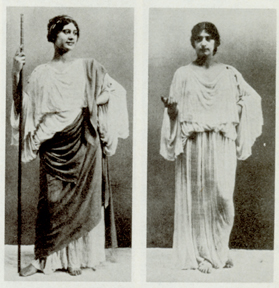





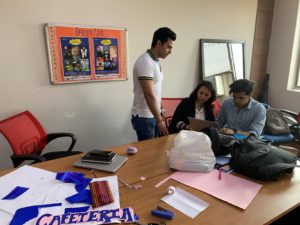



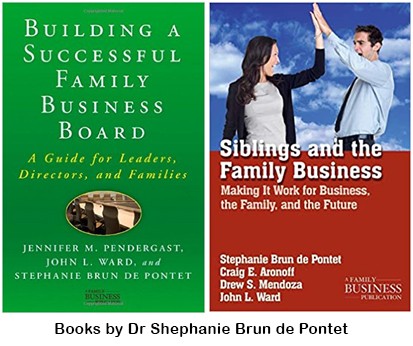
 Core purpose is an organisation’s most fundamental reason for being. It should not be confused with the company’s current product lines or customer segments. Disney’s core purpose is to make people happy – not build theme parks and make cartoons. Theme parks or cartoons or any other product will flow from the core purpose.
Core purpose is an organisation’s most fundamental reason for being. It should not be confused with the company’s current product lines or customer segments. Disney’s core purpose is to make people happy – not build theme parks and make cartoons. Theme parks or cartoons or any other product will flow from the core purpose. Giving example of a company and how it has adapted its business in the current corona crisis by reinventing itself she spoke about J W Lopes, a 4th generation family owned suppliers of produce and dairy to restaurants and institutions. It has changed its business model shifting from institutions to residential distribution by configuring the new way of distribution channel. The company has rightly assumed that people are spending more time trying out new dishes at home and that they would like to have new fresh produce and dairy products. New ideas and experimentation are needed to survive and thrive in the new normal.
Giving example of a company and how it has adapted its business in the current corona crisis by reinventing itself she spoke about J W Lopes, a 4th generation family owned suppliers of produce and dairy to restaurants and institutions. It has changed its business model shifting from institutions to residential distribution by configuring the new way of distribution channel. The company has rightly assumed that people are spending more time trying out new dishes at home and that they would like to have new fresh produce and dairy products. New ideas and experimentation are needed to survive and thrive in the new normal.

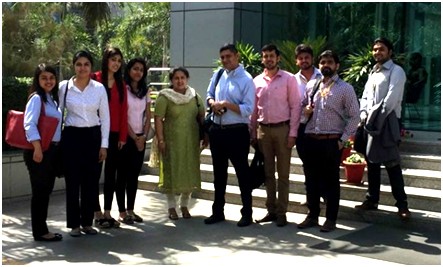
 We were exposed to industry and their working style as IILM regularly organized industry visits, conferences attended by industry leaders, invited international guest faculty and internships. All these activities made us corporate ready by increasing our understanding of how the real-world works. The learning in the classroom and beyond had a long-lasting impact on my professional choices, decisions, and journey.
We were exposed to industry and their working style as IILM regularly organized industry visits, conferences attended by industry leaders, invited international guest faculty and internships. All these activities made us corporate ready by increasing our understanding of how the real-world works. The learning in the classroom and beyond had a long-lasting impact on my professional choices, decisions, and journey.